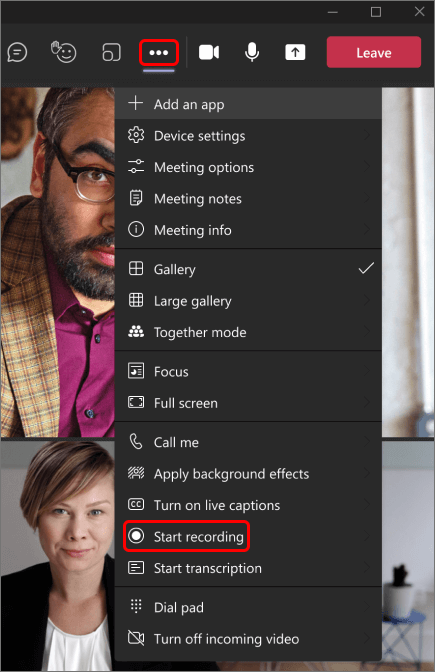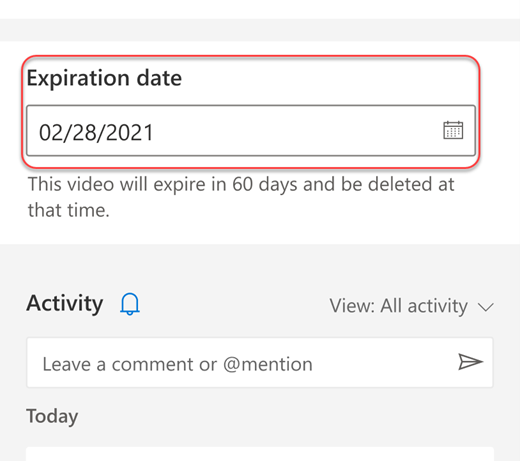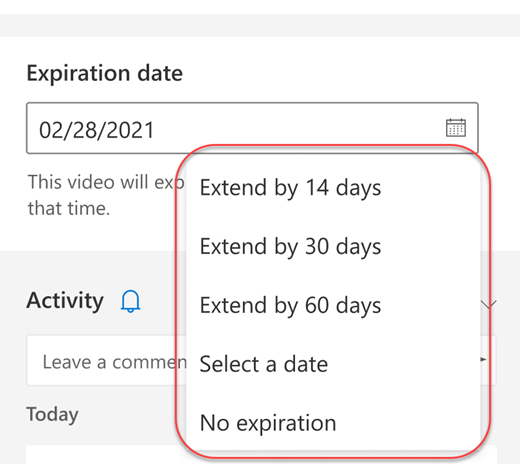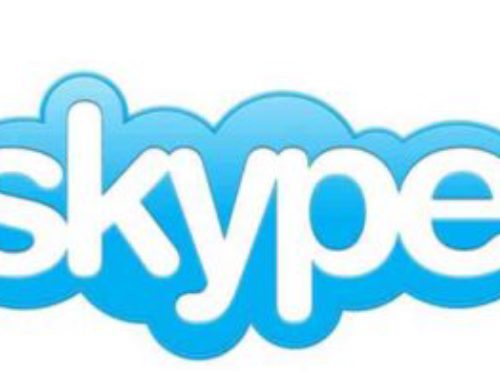We often have important meetings on teams with team members, TLs, and clients. But noting down everything is difficult during the meeting. We often wish to have a recording of the meeting for further references and checks. But, most of us don’t know the exact procedure of recording and maintaining the recording of Teams meets.
So, in today’s blog, we’ll learn how to record, find and manage our MS Teams meeting recording.
How to start recording a MS Teams meet?
When you start recording a meeting, you also turn on live transcriptions (if your IT admin allows transcriptions).
- Start or join the meeting.
- Go to the meeting controls and select More actions > Start recording.

- Everyone in the meeting gets notified that recording and transcription have started.
Points to be noted-
- As of August 2021, Teams meeting recordings are no longer saved to Microsoft Stream. All recordings are now saved to OneDrive and SharePoint.
- You can’t make multiple recordings of the same meeting at the same time. If one person starts recording a meeting, that recording will be stored on the cloud and available to all participants.
- Meeting participants have the option of viewing the transcription during the meeting. For details, see view live transcription.
How to stop a recording?
- Go to the meeting controls and select More actions .
- Choose one of the following:
- Stop recording: Stops the recording and live transcription.
- Stop transcription: Stops just the live transcription. The recording continues until you select Stop recording.
Where you can find the recordings?
Recordings are available in different places depending on the type of meeting.
- The recording is processed and saved to SharePoint if it was a channel meeting or OneDrive if it was any other type of meeting.
- The meeting recording shows up in the meeting chat or channel conversation (if you’re meeting in a channel).
Note: For now, guests and external attendees can view the recording only if it’s explicitly shared with them.
How to manage the expiration of a meeting recording?
A recording will expire and be automatically deleted after a set period of time. The length of time it’s available is set by your admin, but you can change the expiration date of any given recording.
Your admin’s settings determine whether (and when) a recording will expire. If your recording has an expiration date, you’ll see a message indicating that when the recording pops into the meeting chat after the meeting ends. Open the details pane to view or change the expiration date.
There are a couple of different ways to get there:
- Click on the recording to open it in your browser. Once the browser page has opened, select in the upper right to open the details pane.
- Or, go to My files in your OneDrive or SharePoint site and view as a list. Mouse over the recording in question, select Show actions (the three vertical dots to the right of the file name), and then choose Details.
When the details pane is open, look for Expiration date. Here’s where you’ll see the date that’s currently set.

Open the drop-down to see your options for changing the date. Extend the recording’s availability for a certain number of days, or pick a specific date on the calendar. You can also choose No expiration if you don’t want it to be deleted.

Points to be noted:
- The message indicating that your recording is set to expire will persist on the recording in the chat even if you remove the expiration date. But don’t worry—if you’ve selected No expiration, it won’t expire.
- The owner of the recording will get an email when it expires. At that point, they’ll still have up to 90 days to recover it from the recycle bin.
- Watching the recording won’t affect the expiration date.
We hope that these tips will definitely help you to keep the recording of your important meetings.






